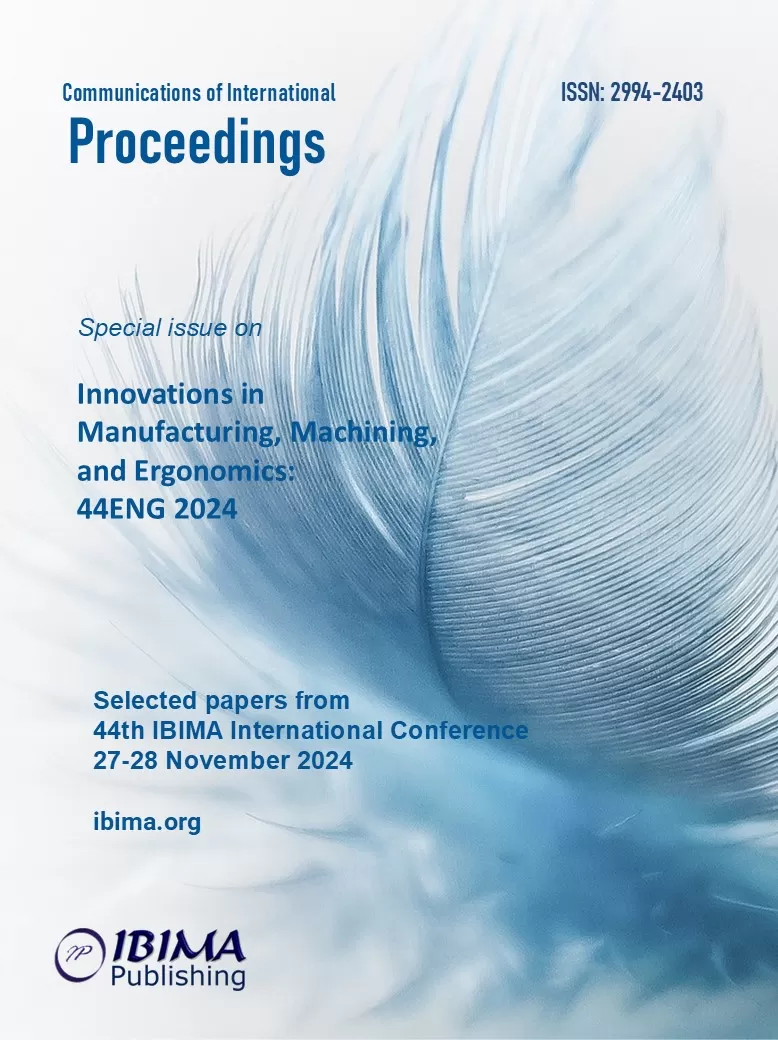
Josef DVORAK, Adam KOHOUT, Josef ARENSTEIN, Dominik DOLP, Patrik LEDVINA, Anne-Maria KASIPOVICOVA and Ondrej SIP
University of West Bohemia, Plzeň, Czechia

In this work, the authors present a results of student team project. Team consisting of students from several faculties of university made interdisciplinary team to design a conceptual design of smart adapter on the prothesis of the upper limb for children. The presented device was developed from scratch, and results were presented publicly. The goal of the project was to innovate existing solutions in terms of concept, construction and industrial design, while complying specified and other implicit requirements. The specific goal of the project is to develop an upper limb prosthesis that will match to the specific needs of the target group – toddlers and young children aged 1-3 years. The authors’ effort was to improve or also to innovate a new useful solution of the prosthesis for children, for example the possibility of leaning back, grasping several different objects or the possibility of using the prosthesis for children’s bouncers. Another improvement is, among others, for example setting multiple positions of the adapter, i.e. it allows rotation in the wrist up to 360 degrees. From an industrial design point of view, it was quite difficult to design this prosthesis with regard to both children’s and technical standards. Efforts were also made to eliminate sharp corners and edges and in general all elements that could be dangerous and could endanger the health of child users.